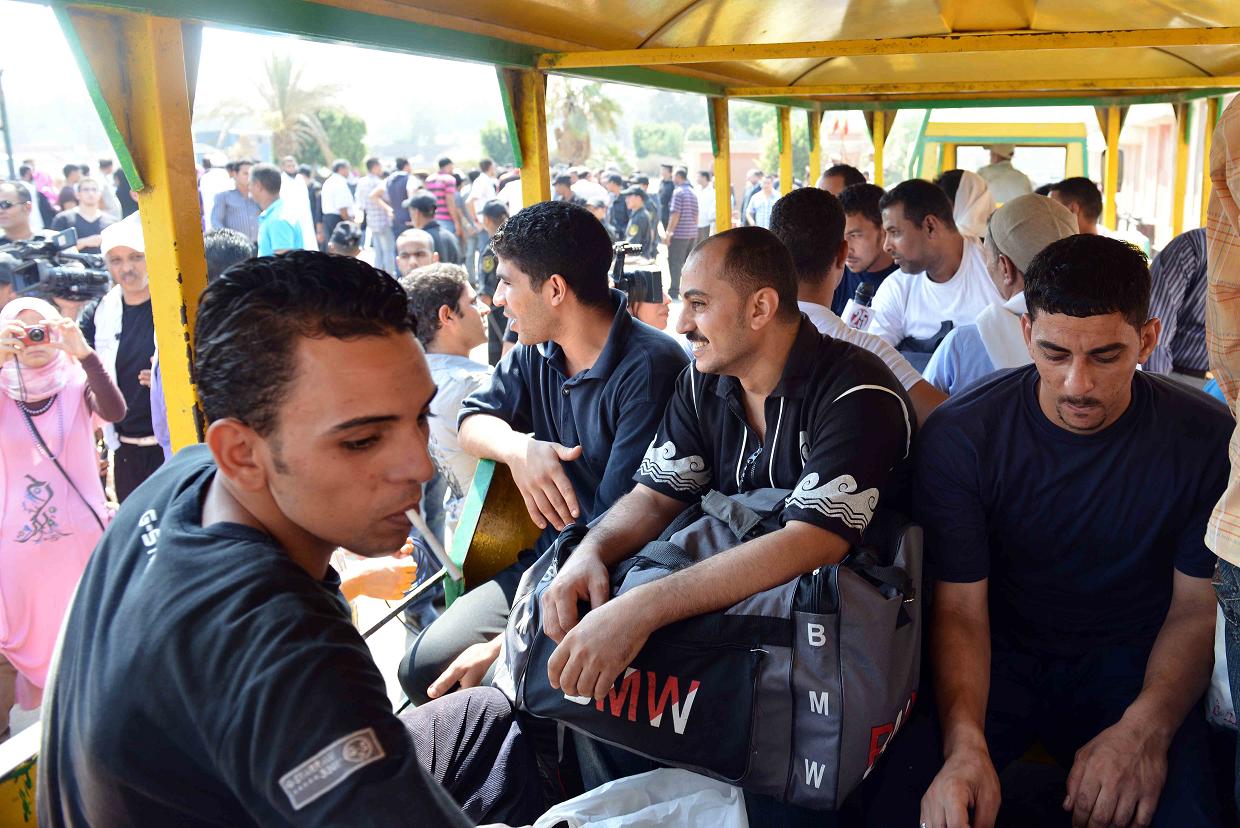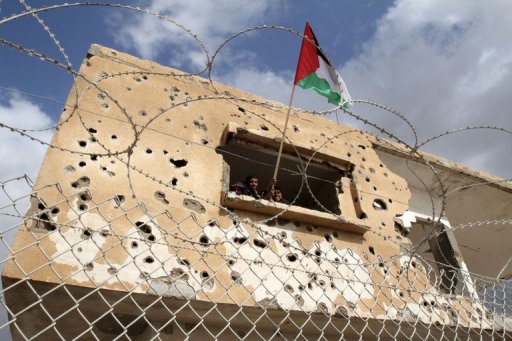Azzam El Farouky has been racing since 1984. As a motorcycle racer in the mid-eighties participating in the then Rothmans Pharaoh’s Rally, he broke his leg, collarbone and three ribs at Abu Simbel. He didn’t stop, and he won the race in his category. In 1999 he underwent triple bypass heart surgery.
Ten months after his surgery he was back racing. Of course he took extra precautions as he couldn’t afford any injuries. And although he had three more accidents, he was unharmed.
And this year, at the tender age of 60, he came second in the car category at the Pyramids Rally, missing first place by only six seconds to fellow Egyptian Abdel-Hamid Abu Yousef.
Obviously, Egyptian aficionados of rally racing take their passion seriously, and no amount of broken bones will get in the way of that. El Farouky himself started at the age of 38, an age when others have stopped racing all together. “I had a passion, so I wanted to do it, he said.
Not that people must be left behind in this pervasive drive for racing. For many years El Farouky raced with his wife, who acted as the team’s navigator. In 1994 they won the sixth stage of the rally outright.
“Its fun, El Farouky said about racing with his other half, “we get along well, although of course we will fight and argue over some things during the race.
At 60 El Farouky still feels the same passion as he did back in 1984. “Passion wise it’s the same, but the adrenalin has decreased, because of his heart surgery he said, “I have to relax.
And he shows no signs of letting up till now. “I’ll keep racing until the day I don’t feel like it, or don’t enjoy it anymore, he said. This day isn’t coming anytime soon though.
According to El Farouky the three main points to rally car driving is the equipment (which is quite costly), the assistance team during the race and of course the driver and co-driver.
This year’s Pyramids rally had 6 Egyptian teams and they all finished the race.
Another participant of this year’s rally was Adham Mubarak, who at 28 years of age represents a younger generation of Egyptian rally driver spear-headed by Abu Yousef. After five years of desert excursions Mubarak raced for the first time in this year’s rally. “I’m really happy with the experience, he said, “it was my first race and I managed to finish it, it was quite an achievement.
To actually race was a long process for Mubarak. “I’ve changed cars a few times, and ended with a Land Cruiser. I started building my car and I ended up taking it all apart and putting it back together, he said.
All rally cars must be fitted with additional safety specifications, such as roll back cages in case the car turns over and five point seat belts.
Mubarak continued “I built a team, brought in a navigator and two additional cars, one to carry spare parts and another rescue car in case of any accidents.
Racing is a “high risk, Mubarak said, “but you go to the desert for the satisfaction of the risk you take.
Mubarak too intends to continue racing for as long as he can, but as he said, it does depend on the money.
Racing is a costly business, and at the moment, all the Egyptian participants in the rally fund everything themselves. The costs run into the hundreds of thousands, what with re-fitting the car to rally specifications and assembling a team of mechanics and the like.
“No Egyptians are full time professional racers. For that you need a sponsor and we lack sponsorship in Egypt like hell. Also, the media coverage is very little, Muabrak said, “if there is no awareness, there is no sponsorship.
For now, the Egyptian drivers are sticking together. “Mido (Abu Yousef) and his team were very supportive of me during the race. There were also supporting everybody, not just the Egyptian drivers, but the foreign ones too, Mubarak said.
And while Egyptian rally drivers bemoan a lack of sponsorship and media coverage, they also get no quarter from the government.
Photographer and Businessman Mohammed Gabr is no stranger to racing. Starting in 1982, he went on to race for Mazda in Canada on a part time basis from 1986-1991. In this year’s rally he drove in the “raid , where non-participants can drive the same course as the race. “They [the government] give us nothing. They have no input, Gabr said “we would like them to legalize our cars.
In addition to the sizable customs paid on the car and spare parts, Gabr also spoke of how the government doesn’t recognize rally-fitted cars. In fact, the rally-specific equipment on racers’ cars needs to be dismantled whenever the car license comes up for renewal and then re-fit again afterwards.
“They freak out if they see our cars in their enhanced state. They deem it unfit, Gabr said, “although the amount of safety equipment we have added on is a lot more than normal cars. Yet they claim it does not conform to the car’s stated specifications.
Additionally, “we pay huge customs. I bought a Land Cruiser abroad for LE 300,000. The car is sold here in Egypt for LE 1.2 million. What has the government actually done to earn LE 900,000 on the car? Gabr asked.
Gabr would like the government to recognize rally cars as a different category, and be considered a vehicle for “sport .
“We have a future for professional drivers here in Egypt if things are done properly, he said.
For now, Egyptian rally drivers will continue to feed their passion come hell or high water, through broken bones and emptying pockets. For some, there’s nothing like speeding through the desert.

